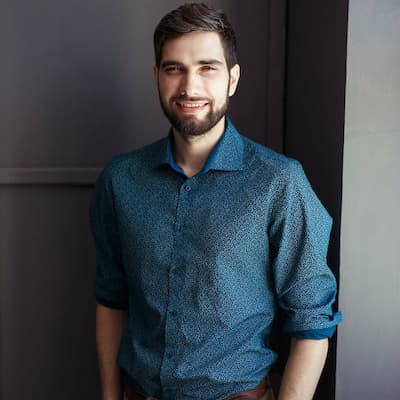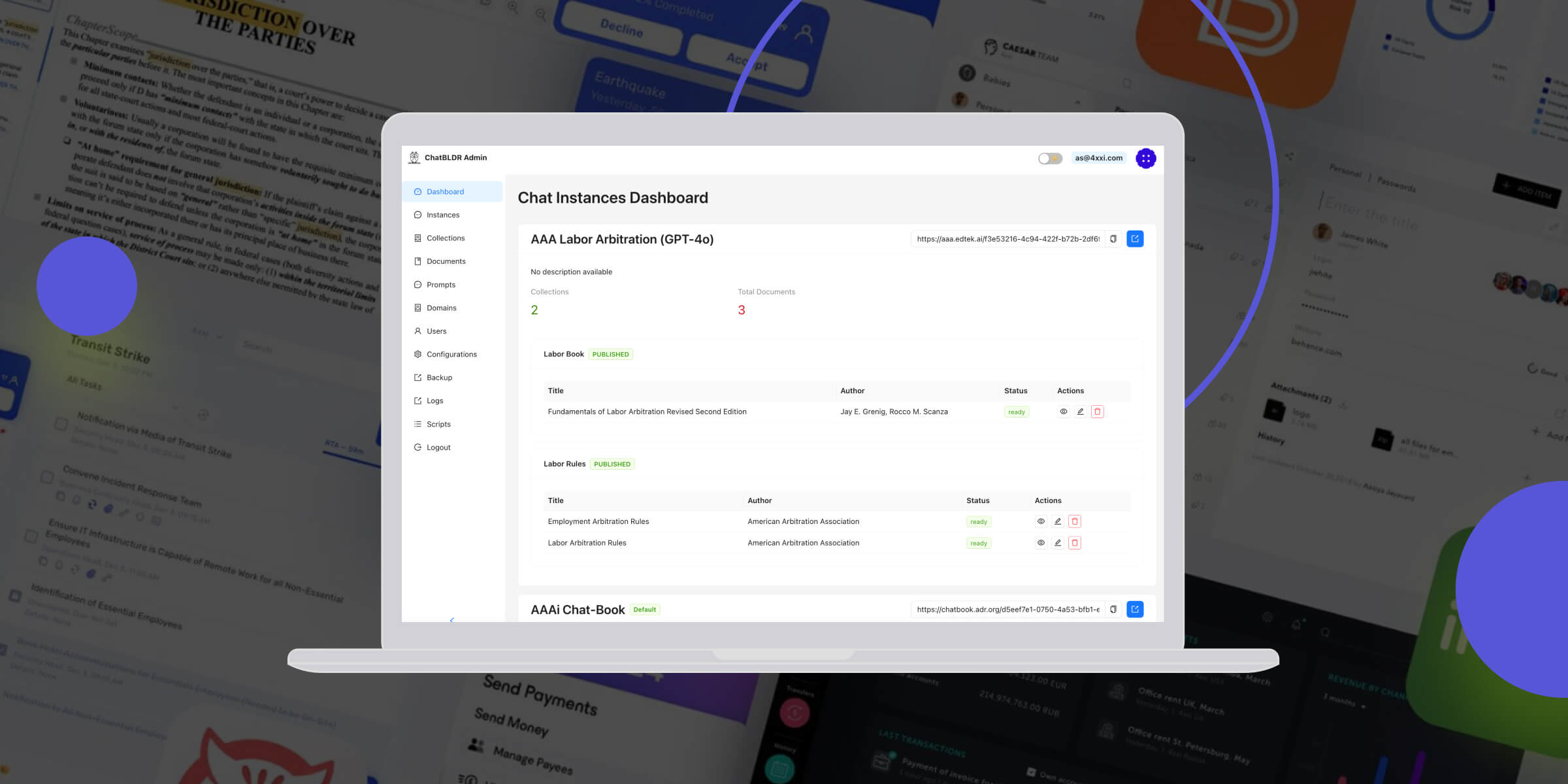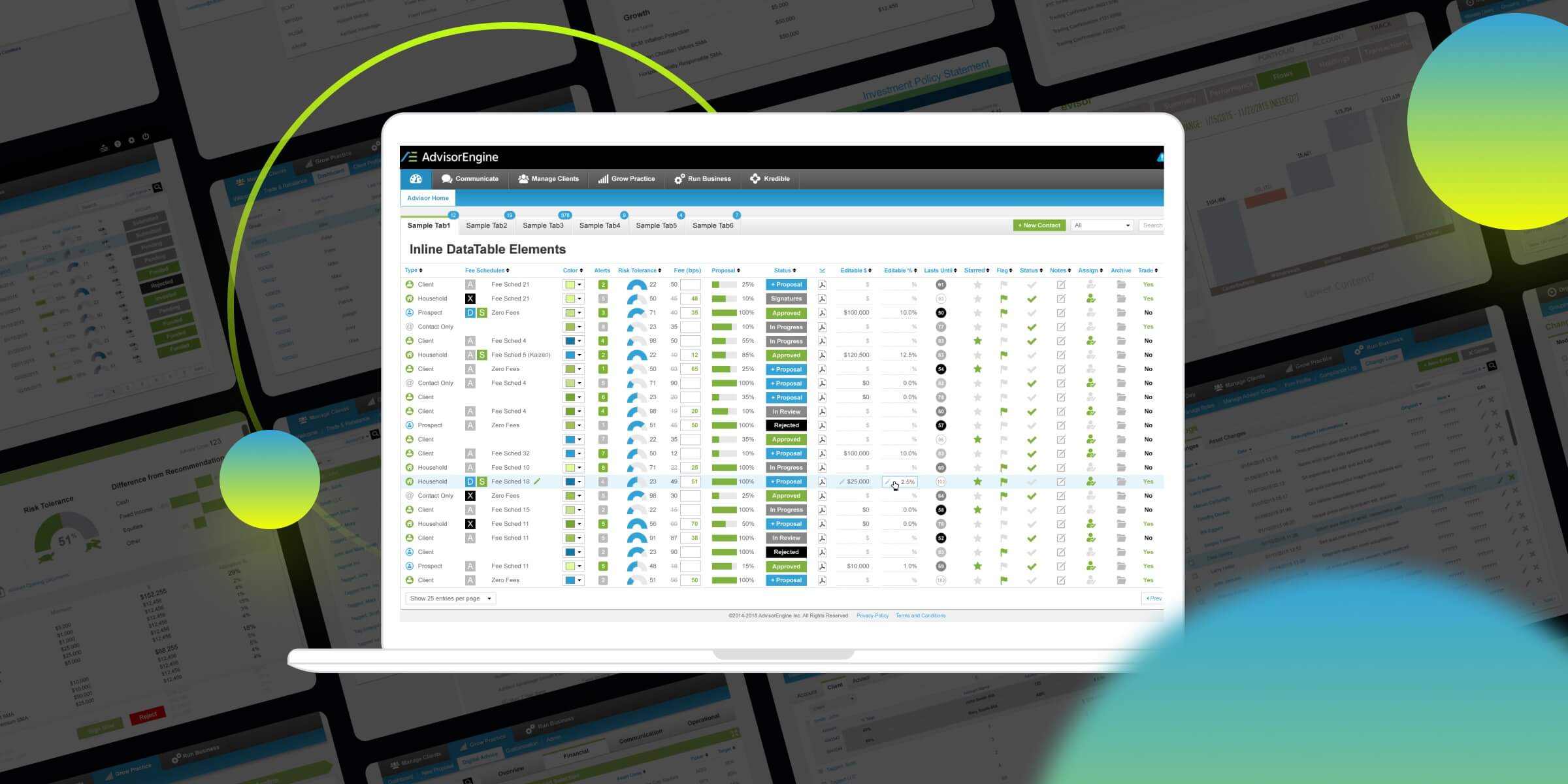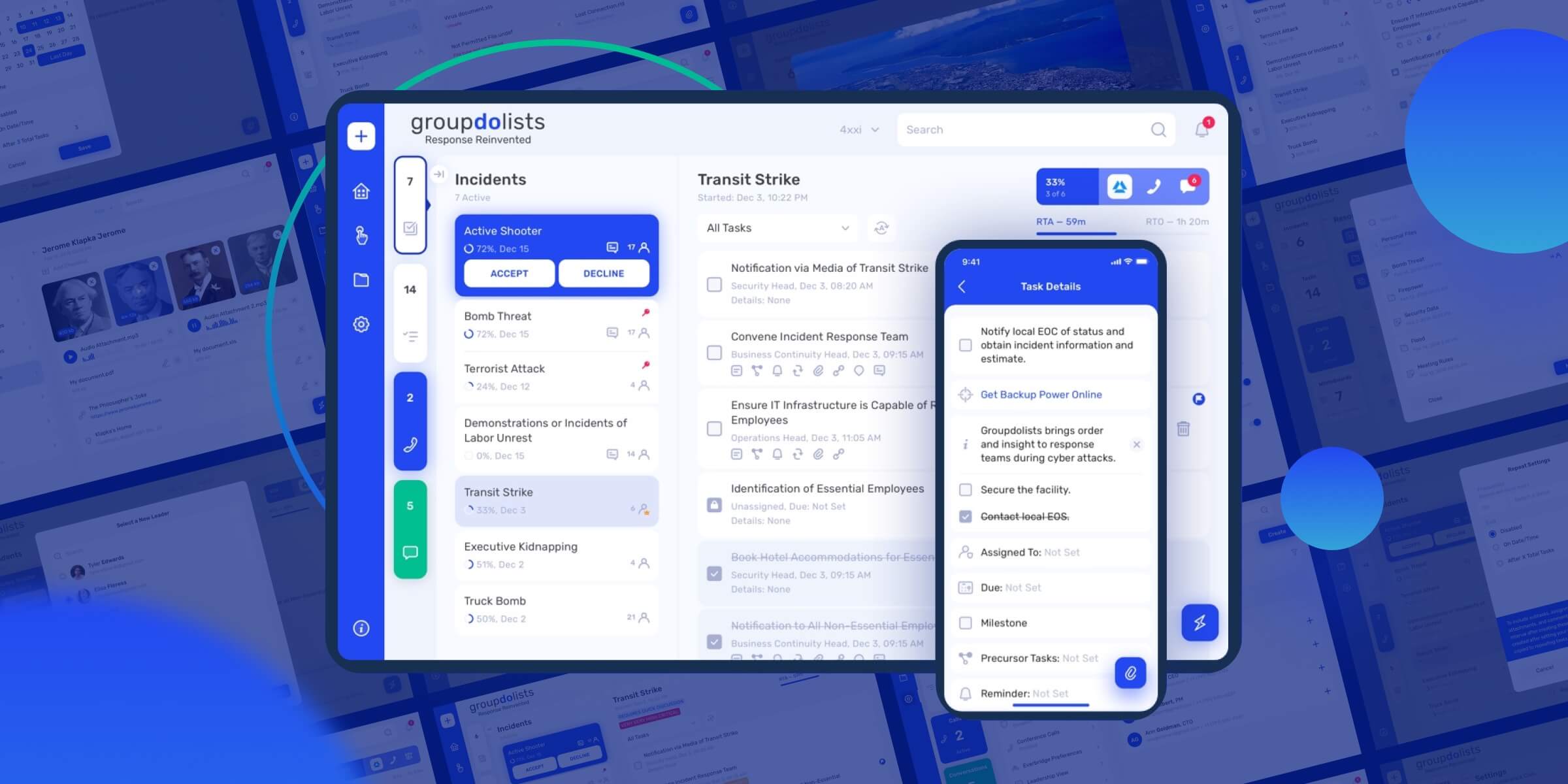In this story there isn’t a big team, a lot of integrations and big tasks. But there is something that we always enjoy working with: an original idea of the product, which is close to us, and a non-standard problem, to which we had to find a scientific approach.
The Genesis: An App Born of Social Motivation
Back in 2017, Rodion, our client from Singapore, had a vision for a fitness app. As a passionate advocate for a healthy lifestyle, he believed that exercising with others fostered motivation. However, frequent business trips kept him from running with friends as often as he wished. Existing fitness apps lacked the social motivation element, focusing mainly on individual performance.
Rodion’s idea? Create an app that allowed people worldwide to run together in real-time, transcending geographical boundaries. Armed with this vision, Rodion approached us to craft this iOS app.
Although the concept seemed straightforward, we faced two daunting challenges:
- Precise Tracking: How could we accurately track the movements of two runners simultaneously, even when GPS signals faltered?
- Sustained User Engagement: How could we not only encourage regular exercise but also ensure users consistently used our app?

Algorithms: Where Running Meets Astronomy
To realise the real-time collaborative running experience, we needed a tracking and feedback system that delivered precise data for both runners throughout their “race.” Conventional GPS tracking had limitations, particularly in areas with weak signals, leading to inaccurate location and speed data. This wouldn’t cut it for real-time competitions.
We decided to develop our own algorithm that combined GPS data with information from the gyroscope and accelerometer when GPS signals fluctuated. It had to be much more accurate than other applications were using at the time. Initially, we experimented with simple GPS tracking using moving averages, but real-world scenarios yielded inaccurate results.
Taking inspiration from various scientific fields, including astronomy, we turned to the Kalman filter. This versatile algorithm adeptly handles noisy and incomplete data. By combining filtering techniques and frequency analysis, we obtained smooth trajectory data closely mirroring the runners’ actual movements.
Surprisingly, you can trace the connection between the problem we’re addressing and my astronomy PhD thesis. In it, I analyse time series and detect variations caused by various factors, including perturbations from celestial bodies. To ensure the stability of asteroid motion and track runners’ coordinates, specialized techniques like filters and periodogram construction (e.g., Lomb-Scargle) are essential.
 Evgeny Smirnov, alongside Ilya Dovgalev, played a pivotal role in building the mathematical model for Human Race
Evgeny Smirnov, alongside Ilya Dovgalev, played a pivotal role in building the mathematical model for Human Race
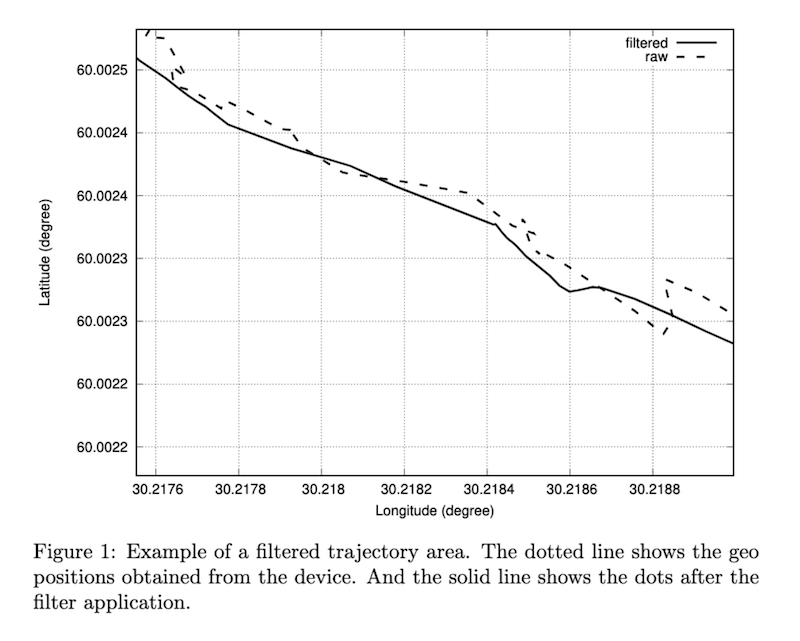
Engagement Through Competition
While honing the algorithm, we needed raw data from real runs, prompting us to hit the pavement ourselves. Our client, Rodion, would run in Singapore, while project manager Alexey joined in from another location, thousands of kilometers away.
It was winter, not the most comfortable time to run. Fortunately, it didn’t matter at what pace I was jogging; Rodion kept overtaking me. I can’t say I became a sports enthusiast in those months, but I realised how engaging physical activity with an element of fun can be.
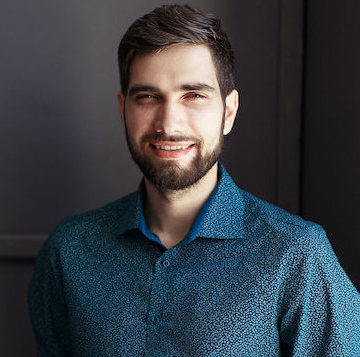 Alexey Syrkovsky, project manager
Alexey Syrkovsky, project manager
Collecting data for algorithm testing wasn’t our only aim. We also evaluated how the app’s concept functioned in practice. Running together was undeniably more enjoyable than running solo, and the app’s core concept revolved around competitive mechanics, a potent motivator for sports enthusiasts. Our task was to harness this potential to the fullest through meticulous functionality design.
We emphasised not only the social component of running together but also the competitive aspect of racing against the clock. Users could compete with other app users or even challenge their previous performances.
Development isn’t about surpassing others; it’s about surpassing yourself from yesterday. Why not remember your run from yesterday and treat it as today’s real opponent? That’s how the ‘Running with the Shadow’ functionality came about. The shadow represents your past self, and your task today is to outperform it. It works remarkably well.
 Evgeny Smirnov, a competitive mechanics enthusiast and a psychologist by education
Evgeny Smirnov, a competitive mechanics enthusiast and a psychologist by education
The Human Race app’s entire functionality aimed at keeping users motivated to improve their results, thereby ensuring high user retention:
- Real-time competition with other users.
- Recording runs and the option for virtual races using recorded workouts.
- Personalised training goals.
- Friendly challenges.
With precise tracking capabilities, the app provided real-time feedback on speed and distance. Audio prompts kept users informed without the need for constant phone checks. For example, if the distance between competitors was rapidly decreasing, the user could hear:
Watch Out! Your opponent is gaining, you’re still leading by 90 meters.
In 2018, we showcased our work at the Web Summit in Lisbon, receiving acclaim from beta users and garnering interest from potential investors. Unfortunately, due to other priorities, Rodion temporarily suspended the startup.
Despite this, Human Race remains a significant achievement in our portfolio, showcasing our ability to solve complex technical challenges, develop innovative app concepts, and engage with the global startup community.
What we achieved with this case:
- Developed technology to continuously track the user’s position in real-time: based on GPS data when available, and a gyroscope with an accelerometer when there is no GPS signal (for example, in an underpass).
- Helped the client develop the initial product idea and implement it using competitive mechanics.
- Skilled in presenting startups and communicating with investors at the largest IT conference Web Summit 2018 in Lisbon.
- Gained +100 to experience in science and AI projects.
- Got a bit more involved in FitnessTech.

